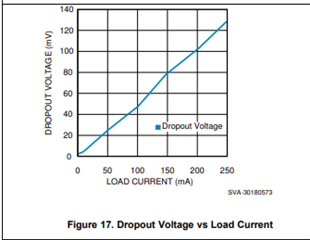Hello Team,
Question 1:
Could you please mention the possible "resistance value" between IN and OUT pin?
this is needed to calculate the possible inrush current in my system ( with certain Vout and Cout values). Also i need to understand the slew rate of the Vout raise with this resistance value.
Question 2:
How this resistance values varies with temperature?
thanks:
Shreeharsha K




